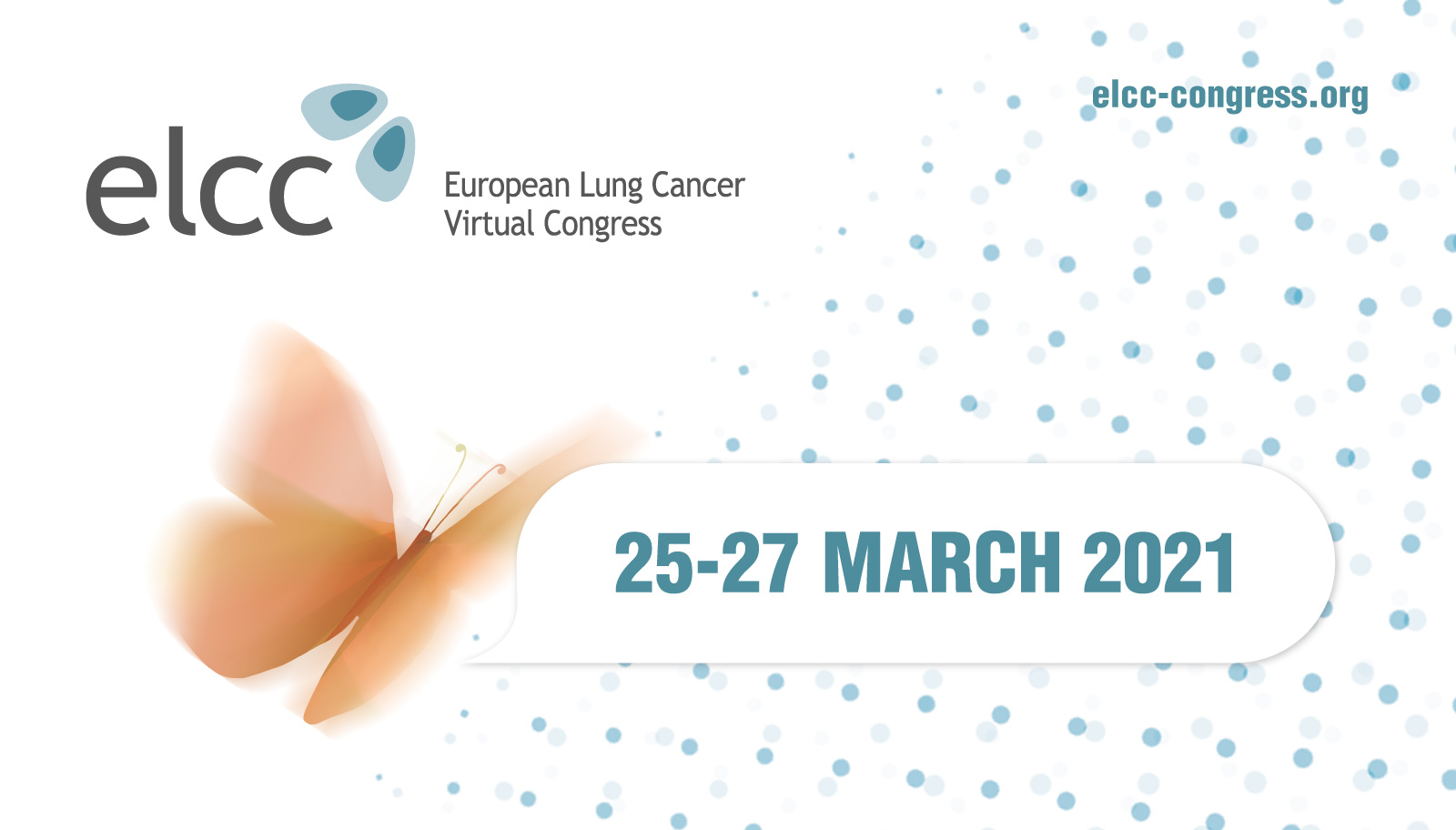The real-world assessment of durvalumab in patients with unresectable stage III NSCLC in the PACIFIC-R trial has highlighted important differences between this population and that of the original randomized PACIFIC trial.
Fiona McDonald, MD, MA, MBBS, MRCP, FRCR, of The Royal Marsden NHS Foundation Trust, London, United Kingdom, presented the baseline characteristics and initial safety data from PACIFIC-R at the European Lung Cancer Virtual Congress 2021.
The PACIFIC regimen in which durvalumab is instituted for up to 12 months in patients with unresectable stage III NSCLC whose disease has not progressed after platinum-based concurrent chemoradiotherapy is now the standard of care. To get further insight into treatment and clinical outcomes for patients receiving immunotherapy in the real-world setting, the PACIFIC-R study was initiated.
This international observational study of “real-world” patients receiving at least one dose of durvalumab as part of an AstraZeneca expanded dose-access program accrued from September 2017 to December 2018. Enrollees had completed platinum-based chemotherapy concurrent or sequential to radiotherapy within the previous 12 weeks, without disease progression.
When the European Medicines Agency approved durvalumab, it required patients to have at least 1% expression of PD-L1 to be eligible for treatment. Initial enrollment in PACIFIC-R did not require PD-L1 expression, but following European Medicines Agency approval, the study was restricted to those with PD-L1 expression of at least 1%.
Patients were enrolled from 10 countries. Of the 1,155 eligible patients, the most common comorbidities were hypertension (30.7%), chronic obstructive pulmonary disease (25.2%), diabetes (12.8%), and cardiovascular disease (12.6%).
Similar to the original PACIFIC trial, the majority of patients had received concurrent chemoradiotherapy (76.8%), and 14.6% had received sequential therapy. There were no significant differences between these groups of patients except that the sequential-therapy group had a greater proportion of patients aged 70 or older, as well as a larger proportion with primary disease.
The majority of patients had PD-L1 expression tested: 72.5% were PD-L1 positive, 17.4% had less than 1% expression, and 10.1% were “not clearly reported.” There were no significant differences in baseline characteristics by PD-L1 expression level.
According to Dr. McDonald, chemoradiotherapy regimens reflected local practice in the participating countries. The median total radiotherapy dose was 65 Gy, with a median duration of 6.4 weeks. Time to durvalumab start at the end of chemoradiotherapy was longer than in the PACIFIC trial; the median time from completion of radiotherapy to start of durvalumab was 52 days.
“This is important, as the exploratory analysis of the PACIFIC trial highlighted that those whot started durvalumab within 14 days of radiotherapy had improved efficacy compared to those who started after 14 days following completion of radiotherapy,” Dr. McDonald said.
The most common adverse events of special interest occurring within the first 3 months of durvalumab treatment included pneumonitis (11.0%) and endocrinopathies (6.8%). This led to discontinuation in 4.8% and 0.2% of participants, respectively.
Future analysis, Dr. McDonald said, will focus on PFS, OS, and duration of treatment.
Invited discussant Ross Soo, MB, BS, PhD, FRACP, National University Cancer Institute, Singapore, noted that indeed, although the original PACIFIC study set a new standard of care, the enrolled patients did not necessarily reflect the types of patients seen in clinical practice.
In his discussion, he noted that only 35% of patients in PACIFIC-R started durvalumab within 42 days of the end of radiation treatment, meaning that 65% of PACIFIC-R patients would have been ineligible for the PACIFIC study.
“These findings reflect clinical reality and the challenges of initiating consolidation therapy post–concurrent chemoradiation, as many patients have yet to recover from the toxicities of concurrent chemoradiation,” he said.
Moving forward, more data for underrepresented or excluded populations are needed, such as those with autoimmune disease, viral hepatitis, or pulmonary tuberculosis. Research is also needed regarding the impact of EGFR mutations and PDL-1 expression on the efficacy of consolidation immunotherapy.
- 1. McDonald F, Mornex F, Garassino MC, et al. 79MO – PACIFIC-R: real-world characteristics of unresectable stage III NSCLC patients treated with durvalumab after chemoradiotherapy. Paper presented at: European Lung Cancer Virtual Congress 2021; March 27, 2021. Accessed April 13, 2021. https://oncologypro.esmo.org/meeting-resources/european-lung-cancer-vir…






